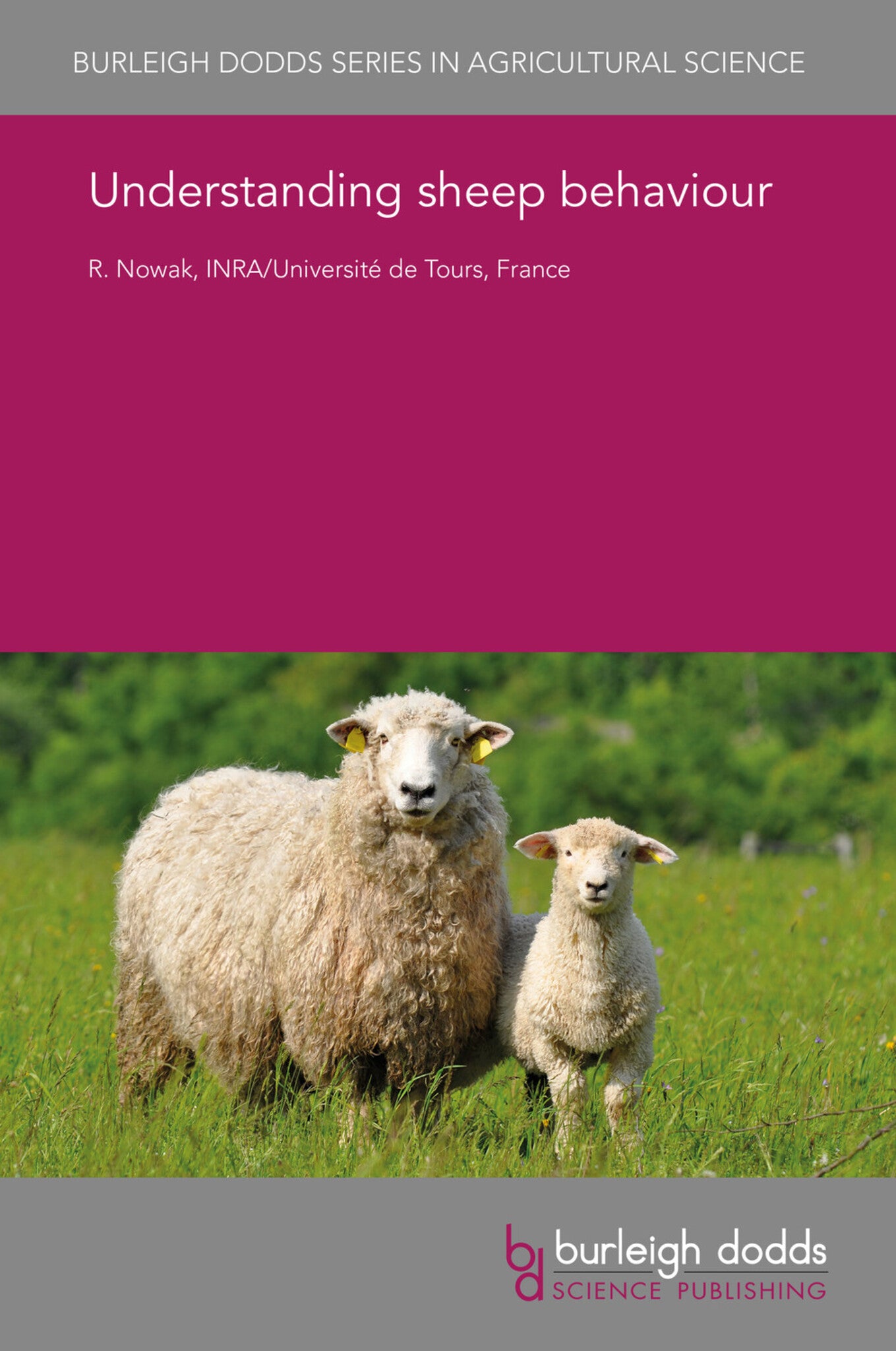We're sorry. An error has occurred
Please cancel or retry.
Understanding sheep behaviour
Regular price
£25.00
Sale price
£25.00
Regular price
£25.00
Unit price
/
per
Sale
Sold out
Re-stocking soon
The most important features of the behaviour of sheep are their marked sociality and the formation of a bond between mother and young. Sheep show a strong need to stay with their flock mates and be...
Read More

Some error occured while loading the Quick View. Please close the Quick View and try reloading the page.
Couldn't load pickup availability
- Format:
-
25 September 2017

The most important features of the behaviour of sheep are their marked sociality and the formation of a bond between mother and young. Sheep show a strong need to stay with their flock mates and become very distressed when isolated. Under farm conditions the social environment is mainly controlled by humans, and sheep are usually maintained in single-sex groups of similar age or size, the main exceptions being male–female groups at mating and the mother–young dyad. Separating lambs from their mother at an early age and rearing them with artificial milk is also a frequent practice. This chapter examines the importance of understanding sheep sociality, sexuality, mother–young bonding to sheep welfare, as well as describing the impact of environmental conditions on sheep behaviour.

Price: £25.00
Publisher: Burleigh Dodds Science Publishing
Imprint: Burleigh Dodds Science Publishing
Series: Burleigh Dodds Series in Agricultural Science
Publication Date:
25 September 2017
ISBN: 9781838792718
Format: eBook
BISACs:
TECHNOLOGY & ENGINEERING / Agriculture / Sustainable Agriculture, Animal husbandry, TECHNOLOGY & ENGINEERING / Agriculture / Animal Husbandry, Sustainable agriculture

1 Introduction 2 Sociality of sheep 3 Sheep reproduction 4 Motherhood in ewes 5 Infancy of lambs 6 Environmental conditions 7 Case study: improving the welfare of artifi cially reared lambs 8 Summary and future trends 9 Where to look for further information 10 References



